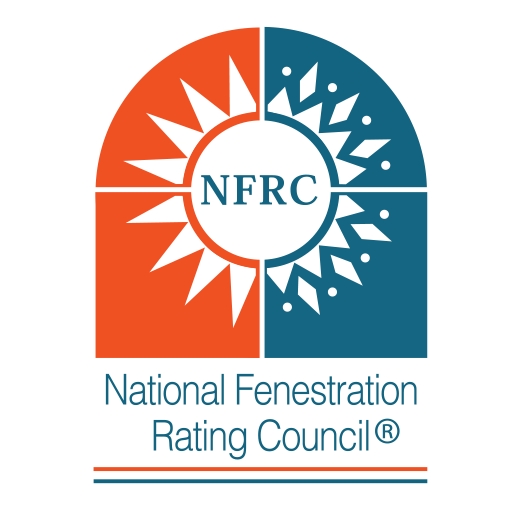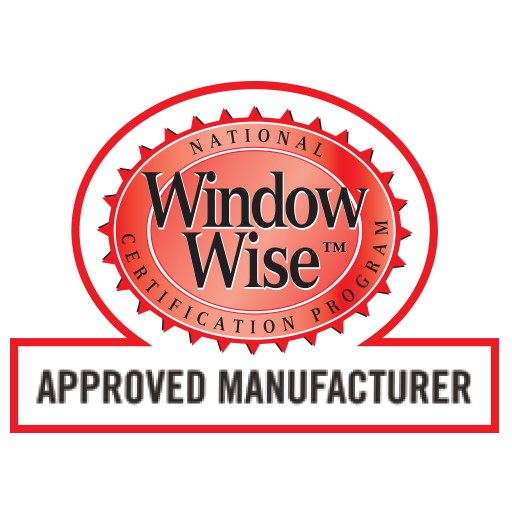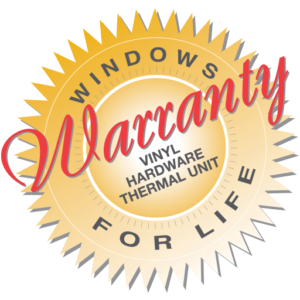What causes window condensation?
Window condensation will often occur during colder weather when the moist air inside the home comes into contact with cooler surfaces. The moisture in the air can condense to form water droplets or even frost. The risk of window condensation increases as the weather gets colder and/or the inside humidity rises.
For windows, doors and skylights, window condensation can form:
- on the glass
- on the frames and sashes
- near the weather seals
- on the walls around a skylight
- between the glass panes if the seal is broken
Reducing window condensation
There are simple steps you can take to avoid or reduce window condensation
- Buy high performance ENERGY STAR®certified windows, doors and skylights. They are more energy efficient and have less window condensation compared to ordinary models.
They are more energy efficient and have less window condensation compared to ordinary models.
Features that contribute to better energy efficiency are:
- triple glazing.
- low-emissivity (low-e) coatings on the glass
- inert gas between the glass panes
- thermally improved spacer bars
- insulated frames, sashes and doors
- greater air tightness
Note: Low-e coatings on high performance windows make the glass more energy efficient by reducing heat loss. However, if the night has been cool and calm and the air is humid, condensation may form on the outside surface of the glass around sunrise. Also, there is a higher risk of condensation if the low-e coating has been applied to the room-side surface of the glass.
- Proper air circulation near windowsis also necessary to minimize condensation.
Air flow across the glass surface helps to keep it warmer, and that is one reason heat sources such as central heating vents and electric baseboards are located beneath windows in many homes. Deep window sills, closed drapes and blinds, and even nearby furniture can block air movement and allow cool air to pool near a window, which can lead to condensation on the glass.
- Make sure your Heat Recovery Ventilator (HRV) is onif you have one.
The ENERGY STAR name and symbol are administered and promoted in Canada by Natural Resources Canada and are registered in Canada by the United States Environmental Protection Agency.
Condensation by Natural Resources Canada – Date Modified: 2017-07-24
















